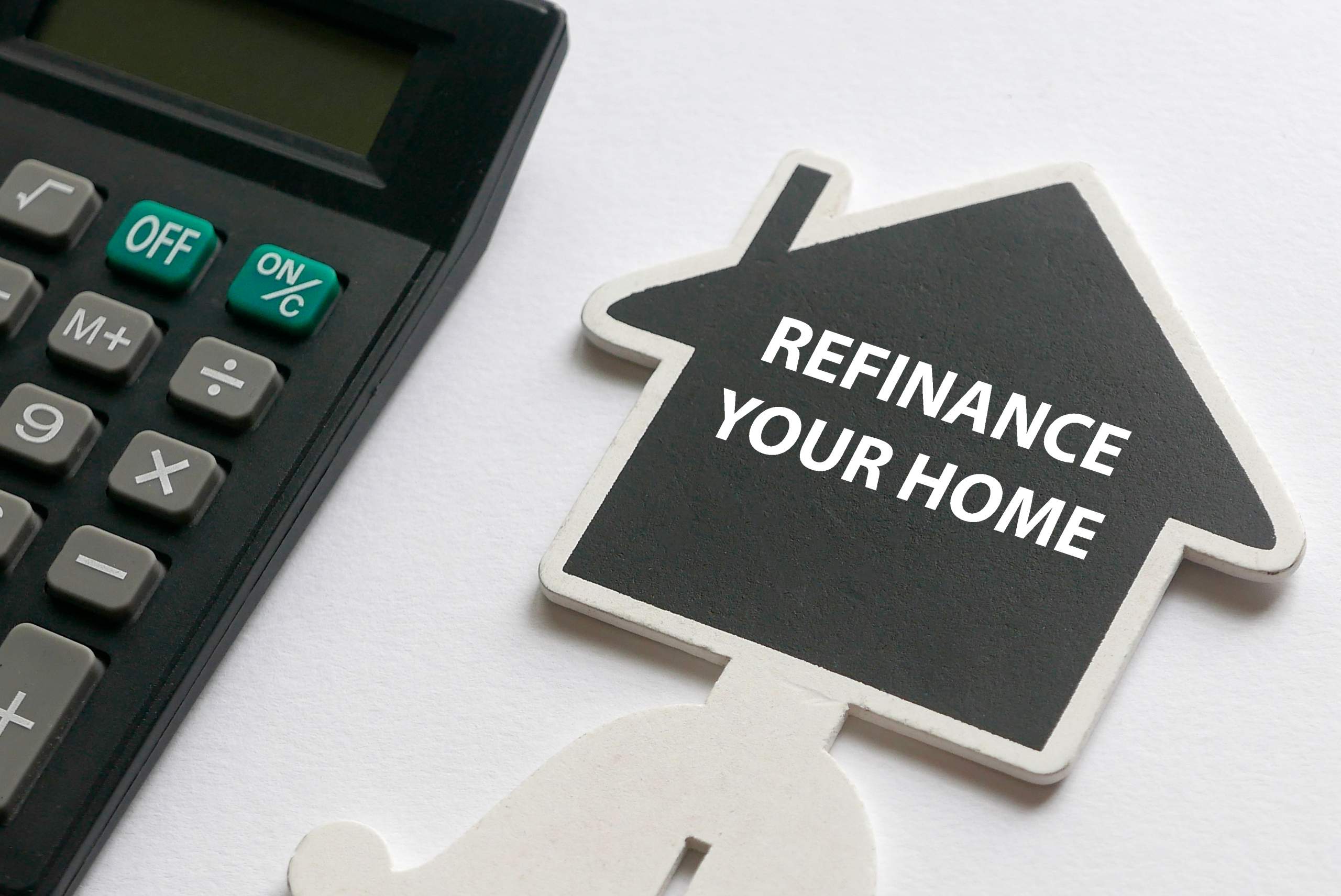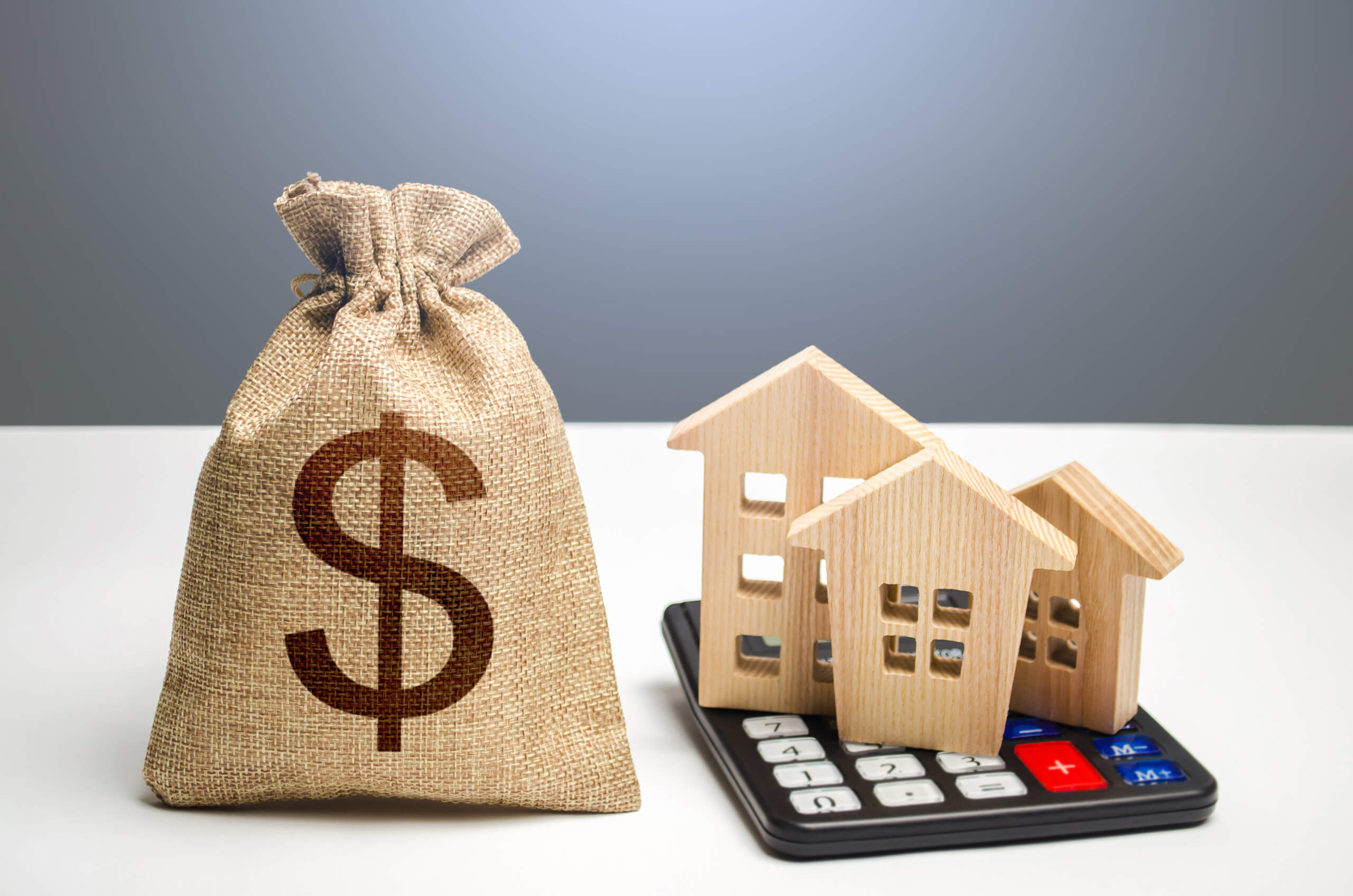Mortgage forbearance is a special agreement that temporarily stops or reduces the amount of money you need to pay for your mortgage. While this can make a huge difference, it’s important to note that this isn’t permanent; you’ll have to make up these payments at the end of the forbearance period.
A common question is whether a home can be refinanced after forbearance. Refinancing is essentially replacing a current mortgage after paying it off. Below, we’ve discussed the matter in detail.
Yes, It’s Possible!
After the forbearance period, you are, in fact, able to refinance your home so long as you qualify. For example, the Coronavirus Aid, Relief, and Economic Security (CARES) Act allows homeowners to request up to 18 months of forbearance if they’re experiencing financial hardship. If they choose, these homeowners can then apply for refinancing.
Should You Refinance Your Home?
Refinancing your home may help reduce the amount of stress and hardship you experience when coming out of mortgage forbearance.
However, if you’re still experiencing extreme hardship because of the pandemic, you may want to opt for a different option. Some alternatives to request are an extension on the forbearance or other repayment methods that you can negotiate with your lender. It really depends on your situation.
You’ll also want to consider if you are a viable candidate. For example, you’ll want to have at least 20% equity in your home, as well as a good credit score. If you don’t fit this profile, consider other options.
How to Refinance Your Home After Forbearance
1. Talk to Your Lender
Before refinancing your home, it’s important to speak with your loan servicer to ensure that this is the right move for you when costs are factored in.
2. Compare Different Options
If you decide that refinancing is the best option for you, weigh your options from different lenders regarding costs, rates, and terms to find the best loan deal, as well as which you can or cannot afford.
A good tool is a mortgage refinance calculator, which will take the current loan rate you pay and compare it to others you are interested in.
3. Apply for a Refinance
The last step, once you’re sure you want to refinance and have found a lender, is applying.
The better your credit is, the higher chance you have of being approved. And if you are approved, an excellent credit score will get you a low interest rate!
Speak to an Expert about Refinancing
If you’re looking to refinance your home after forbearance, we would be happy to help. At Mortgage Solutions Financial, we help thousands of people refinance their existing mortgages every year. Contact our experts today to get started with the application process.





